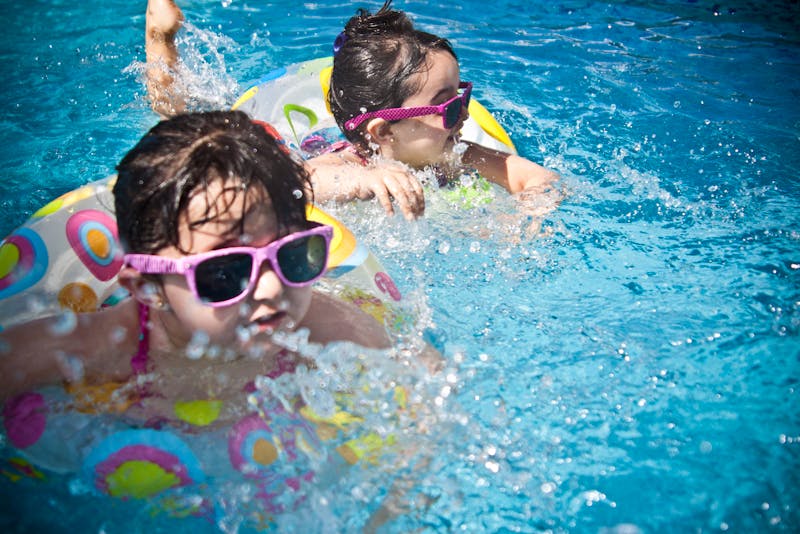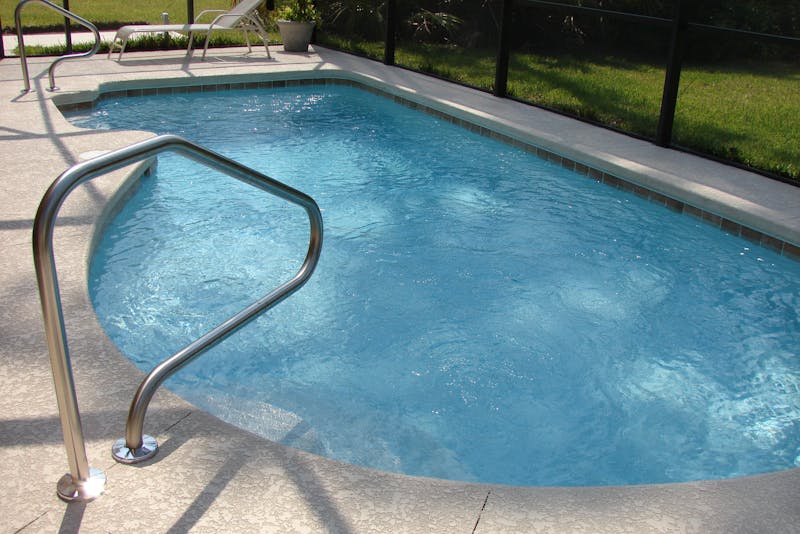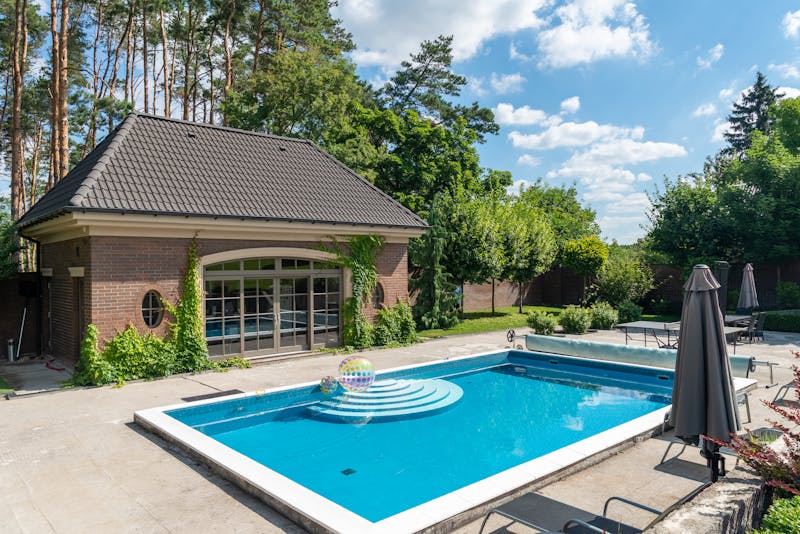
How to Lower pH in Your Pool Naturally: Safe DIY Methods Every Homeowner Can Try
- High pH levels can cause cloudy water, scaling, and reduced chlorine effectiveness, making regular testing essential.
- Natural methods like vinegar, reducing aeration, and trapping CO₂ can help lower pH without harsh chemicals.
- Environmental factors such as rainfall can influence pH, but should be monitored carefully to avoid contamination.
- Preventive steps like maintaining proper alkalinity and using a pool cover help keep pH stable long-term.
- Consistent monitoring and small adjustments are more effective than infrequent major corrections.
Maintaining proper pH levels is one of the most important parts of pool care. When the pH gets too high, your water becomes uncomfortable to swim in, your sanitizer becomes less effective, and you may even start asking questions such as, “Why is my pool cloudy?”. While many homeowners immediately turn to chemicals like muriatic acid or dry acid, not everyone wants to rely on traditional chemicals.
The good news is that there are natural, practical, and budget-friendly ways to keep your pH levels under control without harsh additives. This guide walks you through safe DIY methods that work, why pH matters, and what you can do to keep your pool water balanced all season long.
What Causes High pH Levels in Pool Water?

Before learning how to lower pH naturally, it helps to understand what causes it to rise in the first place. High pH levels can come from many day-to-day situations, and recognizing these triggers makes it easier to prevent problems. Increased aeration, heavy rainfall, the use of certain sanitizers, and even swimmers themselves can all contribute to rising pH.
When this happens, the water becomes alkaline, making it harder for chlorine to sanitize properly. Homeowners often notice issues like water cloudiness, scaling, or irritation on the skin and eyes.
Common causes include:
- Using chlorine products with high pH
- Excessive splashing or aeration
- Rainwater introducing minerals
- Newly filled pool water that is naturally alkaline
Understanding these triggers helps you take action early, so you do not have to make frequent adjustments.
How to Lower pH in Your Pool Naturally: Safe DIY Methods Every Homeowner Can Try
High pH levels do not always require strong chemicals to fix. Many homeowners prefer natural solutions because they are safer to handle, gentler on the environment, and easier to incorporate into a regular pool maintenance routine. Natural methods work by minimizing pH-raising activity or introducing mild, naturally occurring acids in controlled amounts.
These solutions are easy to apply, cost-effective, and suitable for both in-ground and above-ground pools. Below are the most practical natural ways to reduce pH safely.
Use Vinegar (White or Apple Cider)
Vinegar is a mild acid and one of the safest natural options. It is easy to use, although it may require more product than standard pool acids.
How to apply it:
- Start with 1–2 gallons for a standard 10,000-gallon pool.
- Pour the vinegar slowly around the perimeter, avoiding one concentrated spot.
- Run your pool pump for several hours.
- Test the pH and repeat if needed.
Note: Vinegar can temporarily increase the organic load in your pool, so expect to monitor chlorine levels after use.
Reduce Aeration and Water Disturbance
Aeration increases pH by releasing carbon dioxide from the water. If you have water features or use aeration for cooling, consider reducing their run time.
Methods to lower aeration:
- Turn off waterfalls or fountains temporarily
- Lower the speed of variable-speed pumps
- Minimize splashing during peak pH days
This method is simple and helps stabilize your water long-term.
Add CO2 Using a Natural Source
Some pool owners use carbon dioxide injection systems, but you can also increase CO2 naturally by covering the pool when not in use. A covered pool traps carbon dioxide, slowing pH rise and helping lower it gradually.
Can Rainwater Help Lower pH?
Rainwater is naturally acidic and may help reduce pH levels in your pool, depending on your local conditions. However, it is not always reliable because rain can introduce contaminants that affect water clarity and sanitation. In some cases, heavy rainfall may even raise pH by introducing airborne particles or debris. Use this method cautiously and always test your water after storms.
If you want to rely on rain safely:
- Clean the pool before expected rainfall
- Check pH and alkalinity afterward
- Skim debris immediately to prevent contamination
While not a guaranteed solution, rainwater can be part of a natural pH management strategy when used with other methods.
Preventing High pH Levels: Smart Long-Term Strategies

High pH does not have to be a recurring problem. With the right habits, you can keep your pool naturally balanced with less effort. Preventive maintenance also reduces the need for quick fixes and makes your water easier to manage throughout the year. The following strategies help keep pH levels stable while maintaining comfortable, clear, and safe swimming conditions.
Monitor pH Regularly
Frequent testing reduces the chance of large fluctuations.
Try to:
- Test at least twice per week
- Use a digital meter for accuracy
- Track trends in a logbook
Maintain Proper Alkalinity
Alkalinity acts as a buffer that stabilizes pH. When alkalinity is too high, your pH tends to stay elevated.
Ideal range:
80–120 ppm for most pools
Keep Your Pool Covered
A pool cover reduces debris, sunlight exposure, and CO2 loss—all factors that influence pH stability.
Conclusion
Lowering your pool’s pH naturally is not only possible but also practical for homeowners who want a safer and more eco-friendly approach to water care. By using simple methods like vinegar, reducing aeration, and maintaining proper alkalinity, you can keep your pool comfortable, balanced, and clear without relying heavily on strong chemicals. Regular testing and preventive habits play a major role in long-term water stability, helping you catch issues early and avoid bigger problems like cloudy water or irritated skin.
With the right combination of natural strategies and consistent maintenance, you can enjoy a clean, refreshing pool all season while protecting both your family and your pool equipment.
